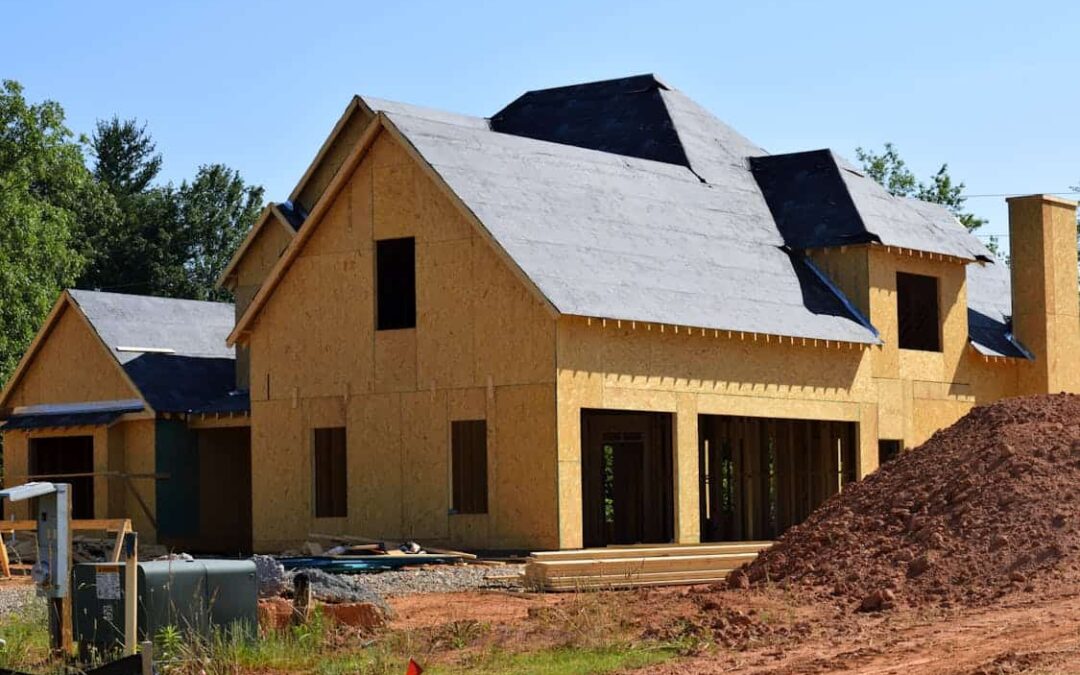Building a custom home is a dream for many homeowners—and a significant milestone that blends creativity, planning, and collaboration. Unlike buying a pre-existing house, the custom process offers full control over design and function, but it also comes with complexities that can surprise first-time builders.
This guide breaks down the stages of the custom home journey, providing insights into what to expect and how to navigate each step with confidence.
1. Establishing a Vision and a Realistic Budget
The first step in building a custom home is defining your vision. This is the time to gather ideas—whether from magazine clippings, social media, or years of planning—and shape them into a cohesive concept.
But with design comes cost. Budgeting is not just about the construction itself; it should also include permitting fees, design costs, landscaping, furnishings, and a buffer for unexpected expenses. It’s important to differentiate between your non-negotiables (like square footage or number of bedrooms) and nice-to-haves (like high-end finishes or luxury appliances).
Tip: A contingency of 10–15% above your projected cost is recommended to cover unplanned changes or price increases.
2. Choosing the Right Home Builder
One of the most critical decisions you’ll make is selecting the builder. This partner will be your main point of contact throughout the project, helping you turn ideas into reality. Beyond credentials, it’s essential to evaluate how well a builder communicates, how transparent their pricing is, and whether their past projects align with your goals.
A dependable builder will:
- Provide clear timelines and cost estimates
- Explain zoning laws and local regulations
- Have trusted relationships with trades and vendors
- Communicate frequently and clearly
Tip: Don’t rely solely on online reviews—schedule a meeting, ask for examples of completed homes, and trust your instincts.
3. Pre-Construction Planning and Design Development
With a builder in place, you’ll move into a more detailed planning phase. This is where initial concepts evolve into finalized blueprints. Pre-construction often includes:
- Architectural plans and engineering reviews
- Site assessments and permitting timelines
- Interior and exterior material selections
- Drafting a build timeline and payment milestones
This stage involves many decisions—everything from layout tweaks to selecting finishes. Having a structured process helps prevent decision fatigue and keeps things on track.
Tip: Create a digital or physical design binder to organize selections and product specs for easier reference.
4. Groundbreaking and the Building Phase
Construction officially kicks off with site clearing and foundation work. From there, you’ll see your home take shape through framing, roofing, and the installation of key systems like plumbing, electrical, and HVAC.
This phase can take 6–12 months depending on the home’s complexity, weather conditions, labor availability, and supply chain dynamics. Regular site visits are important—they allow you to see progress firsthand and address concerns before they become costly changes.
Tip: Keep a journal of milestones, notes from walkthroughs, and questions for your builder.
5. Interior Work and Finishing Details
Once the home is weather-tight and systems are installed, interior work begins. This includes insulation, drywall, flooring, cabinetry, tile, trim, and paint. Many homeowners find this stage the most exciting—your house begins to look like a home.
However, it’s also when change orders (mid-project design changes) are most tempting and most expensive. At this point, most design decisions should be finalized to avoid delays or budget overruns.
Tip: Use checklists to track selections and approvals to reduce confusion and miscommunication.
6. Final Inspections, Walkthroughs, and Move-In
As construction wraps up, final inspections will take place. These may include code compliance checks, energy efficiency tests, and walkthroughs to identify punch-list items (small fixes or adjustments needed before move-in).
Once everything passes inspection and the certificate of occupancy is issued, it’s time to prepare for move-in. Most builders offer a limited warranty on workmanship and materials—usually one year—plus longer warranties on systems like roofing or mechanical components.
Tip: Keep a notebook of any issues during your first few months of living in the home so they can be addressed under warranty.
What to Keep in Mind
Building a custom home is a blend of personal vision and professional execution. It requires patience, decision-making, and the ability to adapt when unexpected changes arise. But with the right preparation and a structured plan, the process can be one of the most rewarding chapters in homeownership.
Whether your dream is a cozy craftsman cottage or a spacious modern farmhouse, the custom route allows you to shape your home around your lifestyle—not the other way around.

Recent Comments